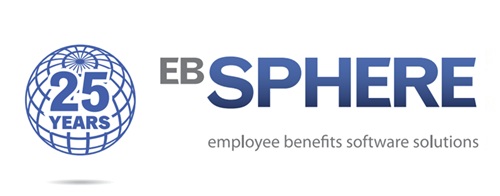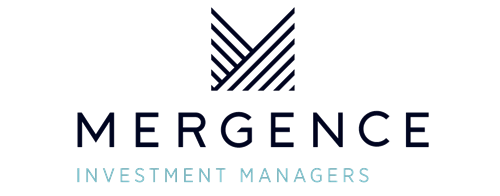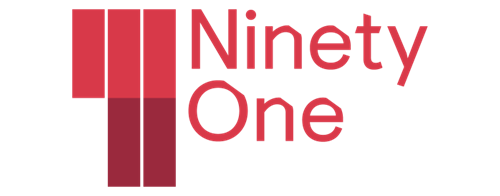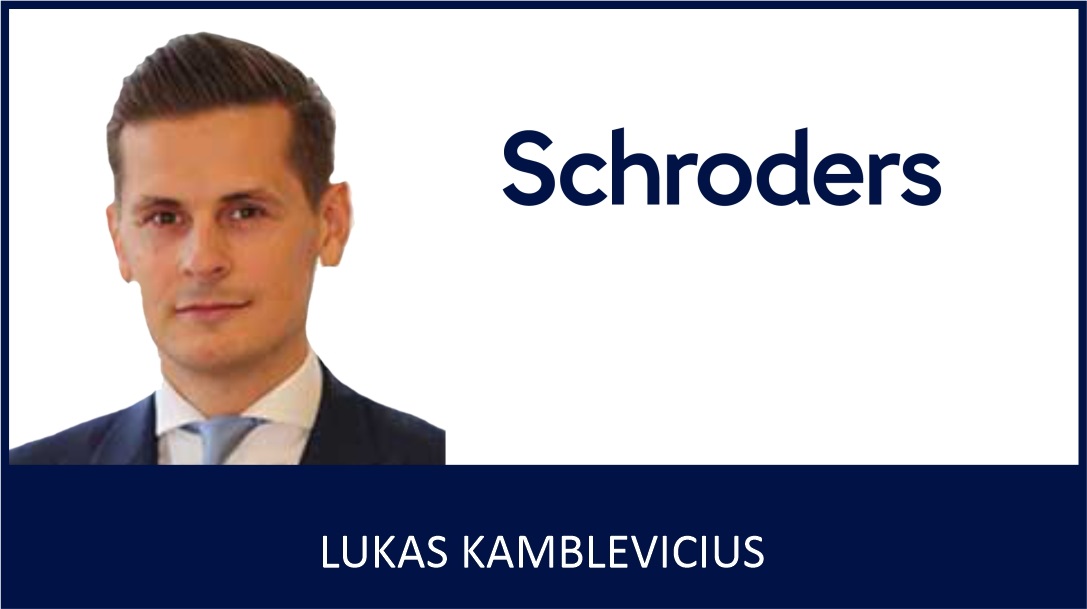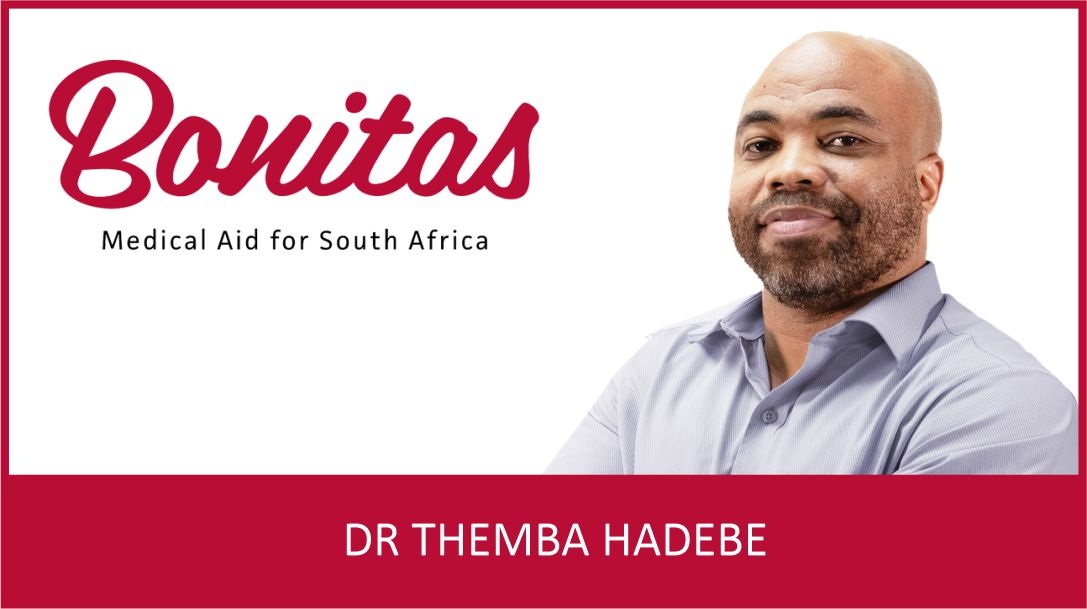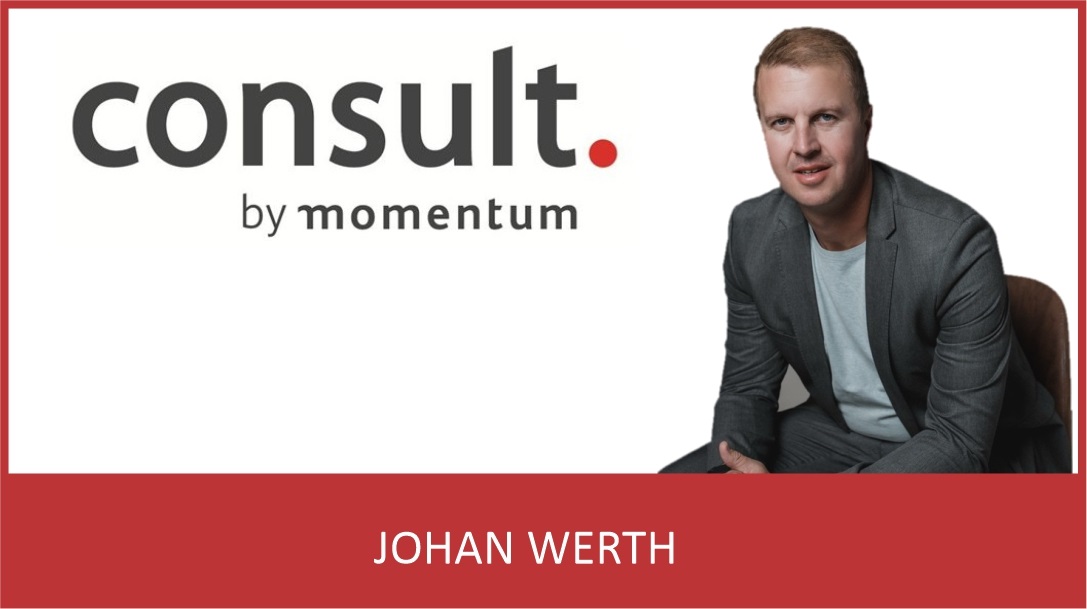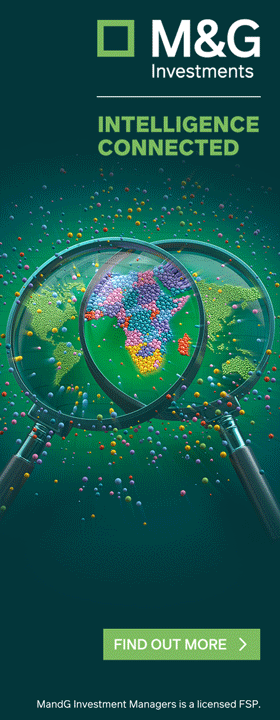Lukas Kamblevicius, Co-Head of QEP Investment Team at Schroders
It’s often assumed that risk and reward always go together in investing, but that isn’t always the case. In fact, over the past decade, global equity managers who have taken on some, but not high, levels of risk by varying from an index (that is, “active risk”) have outperformed by more than most of their higher risk counterparts. Not only have they done this on a risk-adjusted basis (i.e. how much return they generated per unit of risk) but even more impressively, they have also outperformed on a straight-up comparison of absolute performance.
Slow and steady can still win the race
We arrived at our conclusion by comparing global equity strategies’ gross performance based on their tracking error (a measure of how much a strategy varies from its benchmark index). As Figure 1 illustrates, those managers who took large active bets, assuming tracking errors of 5% or more, significantly underperformed their more cautious counterparts over the past 10 years, as well as the shorter periods of 3, 5 and 7 years. While the low and moderate tracking error managers performed similarly over 10 years, the more conservative active risk managers significantly outperformed over 3, 5 and 7 years. The gap would be even greater after fees are considered.
Figure 1: Managers with lower tracking error have, on average, delivered greater excess returns over the past decade

Source: eVestment. Schroders. Gross of fee returns as of March 2025. Buckets created using 5-year tracking errors. Universe names in full: eVestment Global Enhanced Equity, eVestment Global All Cap Core Equity, eVestment Global Large Cap Core Equity, eVestment Global All Cap Growth Equity, eVestment Global Large Cap Growth Equity, eVestment Global All Cap Value Equity, eVestment Global Large Cap Value Equity. Funds without any relevant data are omitted. A number of funds have been removed, including Passive/Sector Specific/Thematic and those not managed against MSCI World or MSCI ACWI and its variations, in addition to those without at least 5 years of history. Past performance may not be repeated and offers no guarantee of future results.
Lower-risk managers’ approach aligns with investors’ goals for their core holdings
Global equity strategies that assume low levels of active risk are often labelled as “enhanced index” strategies because they aim to deliver the best of both active and passive investing. The “index” reference comes from the fact that these funds, like benchmark-based strategies, provide broad market exposure, offer relatively low management fees, and have reduced volatility by not taking large positions away from the index. The “enhanced” part comes from the flexibility to be nimble and take advantage of opportunities that an index tracker will miss.
In our view, these traits align with the goals investors have for the core of their portfolios—more predictable returns, lower risks and less volatility at a more attractive cost. That is why we consider these low active-risk portfolios core investment strategies.
This is not to say that we should ignore higher risk managers. Many of these have also generated benchmark-beating returns historically and remain valuable for satellite allocations. They often have more specific objectives within a broader portfolio, but the evidence from the past decade at least is that it is more important to identify the higher quality managers within this cohort. Part of their challenge during this period has been the seemingly inexorable rise in stocks like the FAANG and “Magnificent Seven” companies, which has led to high market concentration.2 When markets broaden or leadership rotates, high-conviction managers may be better placed to capture outsized opportunities, making them important satellite allocations for capturing market dislocations, sector rotations or emerging themes. In short, both Core and Satellite managers have a role to play.
How core managers achieve their objectives
For passive strategies, the formula is straightforward: replicate an index. For high active-risk takers, the goal is equally direct — find the world’s best-performing companies. Core managers sit somewhere between these extremes. As a group, they generally share some broad principles and investors can identify the best Core managers by evaluating how well strategies stack up against each of the following objectives.
Generate consistent returns
To realize strong returns over time, the frequency with which you outperform is often just as important as the magnitude of excess returns you generate when you do. Ideally, a Core fund would outperform year after year rather than have only one or two standout years over a cycle. We would suggest a good benchmark would be for these funds to have a ratio of “winning months” of 60% or more and have demonstrated outperformance in at least two years out of any three on a rolling basis.
Deliver risk control benefits from not veering too far away from a benchmark
Enhanced index portfolios explicitly limit deviation from their chosen benchmark by taking many small active positions. They also typically maintain some degree of benchmark-sensitive constraints to maintain strong diversification across regions, sectors and individual stocks. This diversified exposure can significantly reduce the portfolio impact of a major drawdown in a region, sector or company.
Implement a scalable way to evaluate many companies worldwide
Core managers’ goal of staying more broadly diversified across stocks often relies on quantitative tools that can evaluate thousands of companies around the world. As the global equity market broadens beyond the recent dominance of the US technology companies, this capability will become even more critical.
More broadly, concentrated portfolios are often thought to be correlated with stronger excess returns as position size is synonymous with conviction. However, at least over the past decade, the converse has been true. As Figure 2 shows, portfolios with the most holdings – in the range of 250 or more – significantly outperformed more concentrated strategies on a risk-adjusted basis.
Figure 2: Diversified managers have outperformed concentrated managers on a risk-adjusted basis

Source: eVestment. Schroders. Information ratio is a measure of skill. It is measured by the excess performance of the fund divided by its tracking error to the manager’s chosen benchmark (i.e. active return/active risk). Gross of fee returns as of March 2025. Buckets created using holdings as of March 2025. Universe names in full: eVestment Global Enhanced Equity, eVestment Global All Cap Core Equity, eVestment Global Large Cap Core Equity, eVestment Global All Cap Growth Equity, eVestment Global Large Cap Growth Equity, eVestment Global All Cap Value Equity, eVestment Global Large Cap Value Equity. Funds without any relevant data are omitted. A number of funds have been removed, including Passive/Sector Specific/Thematic and those not managed against MSCI World or MSCI ACWI and its variations, in addition to those without at least 5 years of history. Past performance may not be repeated and offers no guarantee of future results.
This may seem at odds with the observation that the past decade was also characterized by rapidly rising market concentration. However, equity strategies that maintained index-like exposure to the biggest stocks still had plenty of opportunities to select the best options from further down the size spectrum.
Maintain low costs
Core managers that deploy enhanced index strategies charge a fee that is more commensurate with the active risk they take on. As such, their fees are much closer to passive strategies than higher tracking error alternatives. That enables them to deliver more of any excess returns they generate to investors.
The “winning by not losing” principle applies today more than ever
In 1975, the investment consultant and author Charles Ellis introduced the concept of winning by simply avoiding making big and costly mistakes. Core managers who take on lower levels of active risk embrace this principle by looking for opportunities to achieve incremental gains by not tripping up. Being diversified across a broad universe and risk managed have led to more consistent returns that have cumulated powerfully over time, whilst their lower fees have not eaten into this performance. As their name suggests, they are very well placed to form the core of a broader equity portfolio alongside more specific satellite strategies.
ENDS



